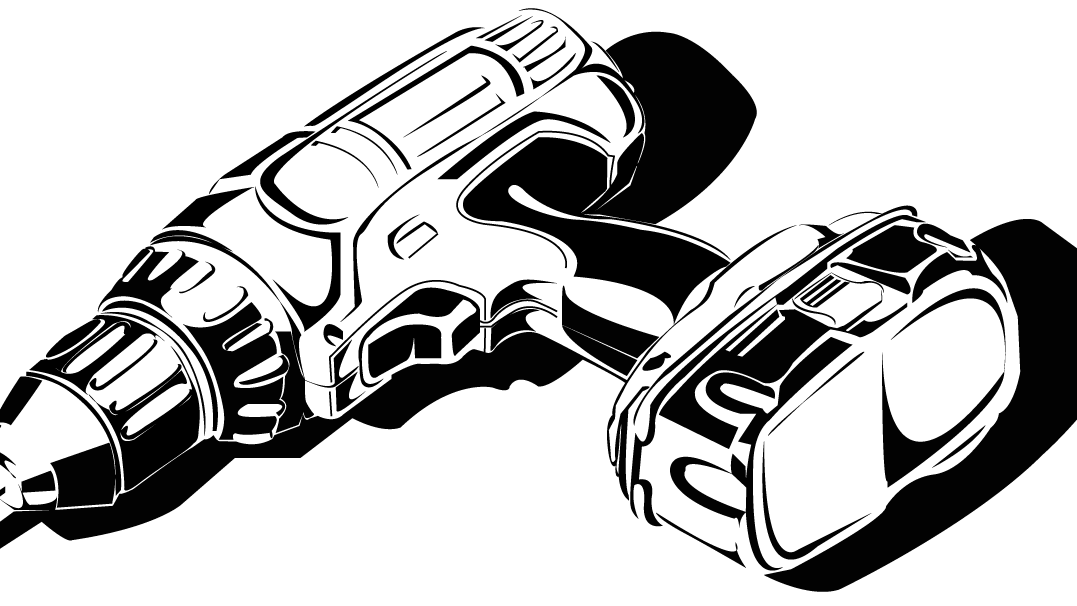Refrigerator
As much as people are quickly adapting to new technologies in their lives, most developing countries are still faced with poor electricity penetration. This leads to individuals, living especially in rural and poor setups, unable to employ the new technologies like their more affluent and urban counterparts. This product's ideal demographic would be anyone who needs to refrigerate medications or preserve food longer to avoid frequent treks to faraway markets. They would live in a country like Liberia or Namibia — a location with long periods of sunlight. The refrigerator is essentially two concentric cylinders: the outer made of a porous material, likely a clay, and the inner made of a layered recycled aluminum for maximum surface area, structured much like a CPU cooler. The space between the two cylinders can be filled with sand or soil that would then be saturated with water. As the water evaporates, it cools the inner cylinder, able to maintain a consistent temperature around 43 degrees. The top of the refrigerator has a removable conical polycarbonate component that catches the evaporating water and recycles it back into the sand, so the users do not need to refill the outer ring often. I've included some preliminary sketches of early concepts and iterations.









